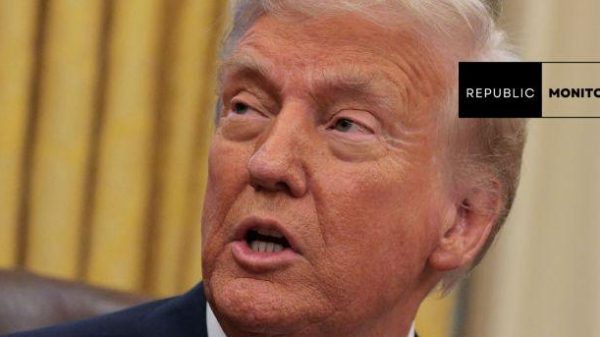Dino Danelli, whose hard-charging, high-energy drumming propelled the Rascals to a run of late-’60s singles such as “Good Lovin’,” “Groovin’,” and “People Got to Be Free,” died on Thursday in Manhattan. He was 78.
Joe Russo, the band’s archivist and a close friend, confirmed the death in a rehabilitation centre. He stated that Mr. Danelli’s health had been deteriorating for some years.

Mr. Danelli, a protégé of Buddy Rich and Gene Krupa, combined percussive brilliance with a rock sensibility. He established the prototype for the rock drummer archetype, similar to Ringo Starr of the Beatles: disciplined and precise, but with a flare that caught the crowd’s attention. He’d twirl his sticks and fling them in the air, a skill he learnt from his cheerleading sister, before catching them without missing a beat.
The Rascals (on their first three albums, billed as the Young Rascals) were among the first American bands that formed in response to the 1964 British Invasion.
Felix Cavaliere on organ and vocals, Eddie Brigati on vocals, Gene Cornish on guitar, and Mr. Danelli on drums founded the foursome in New Jersey in 1965 and drew on a range of influences, including doo-wop, jazz, and soul.
The Rascals performed the song during a 1966 performance on “The Ed Sullivan Show.” It quickly topped the charts and became one of the decade’s most well-known songs, with its opening yell of “One, two, three!”
Mr. Danelli oversaw the band’s first major success. He was a fan of obscure soul music and found a song by the Olympics, “Good Lovin’,” written by Rudy Clark and Arthur Resnick and reaching No. 81 on the Billboard Hot 100 in 1965, one day at a Harlem record shop.
“We said, ‘Let’s try it, put a new version to it,'” he told drummer Liberty DeVitto in 2008. “It was just a lucky find.”
Onstage, the band wore knee-high socks, short ties, and floppy collars, as worn by numerous other white groups in the mid-1960s. However, it was the first white band to be signed by Atlantic Records, the home of Ray Charles, and one of the few American rock bands to be welcomed by Black audiences.
The members stipulated in their contracts that they would only perform if a Black performer was also on the programme, which meant that enormous sections of the South remained off bounds.
As the Rascals matured, their sound softened, and they released summer-vibe songs such as “Groovin’,” which peaked at No. 1 in 1967, and “A Beautiful Morning,” which peaked at No. 3 in 1968. That same year, following the killings of Rev. Dr. Martin Luther King Jr. and New York Senator Robert F. Kennedy, they published “People Got to Be Free,” a song on racial harmony penned by Mr. Cavaliere and Mr. Brigati, as were the previous two tracks. It also peaked at No. 1.
The Rascals disbanded in the early 1970s, with Mr. Brigati leaving in 1970 and Mr. Cornish following a year later. Mr. Cavaliere and Mr. Danelli continued with the band for two more albums until it disbanded.
Mr. Danelli was a member of several bands during the 1970s before joining Steven Van Zandt, the lead guitarist of Bruce Springsteen’s E Street Band, in a side project called the Disciples of Soul in 1980.
Mr. Van Zandt grew up a devoted Rascals fan. In 1997, he gave the induction speech for the band into the Rock and Roll Hall of Fame, referring to Mr. Danelli as “the greatest rock drummer of all time.”
Dino Danelli was born on July 23, 1944, in Jersey City, New Jersey, to Steven Daniel and Teresa Bottinelli.
Diane Severino, his sister, survives him.
He began playing the drums at a young age and, after dropping out of high school, relocated to Manhattan to pursue a music career. He landed gigs at Greenwich Village’s jazz clubs, snagged a bed at the Metropole Hotel in Times Square, and met Mr. Rich and Mr. Krupa, who both took him under their wing.
Before returning to New York, he worked in California, Las Vegas, and New Orleans, including a stay with jazz vibraphonist Lionel Hampton. He met his future bandmates at the Choo Choo Club in Garfield, New Jersey, and after performing in another band, they founded the Young Rascals.
The band reformed for a few reunion gigs in the 1980s, and then, without Mr. Brigati, played as the New Rascals in the 1990s. At Mr. Van Zandt created and produced “The Rascals: Once Upon a Dream,” a multimedia event including the band’s concerts and footage from its peak in the 1960s.
It played on Broadway for 15 performances before touring the country for several months.















